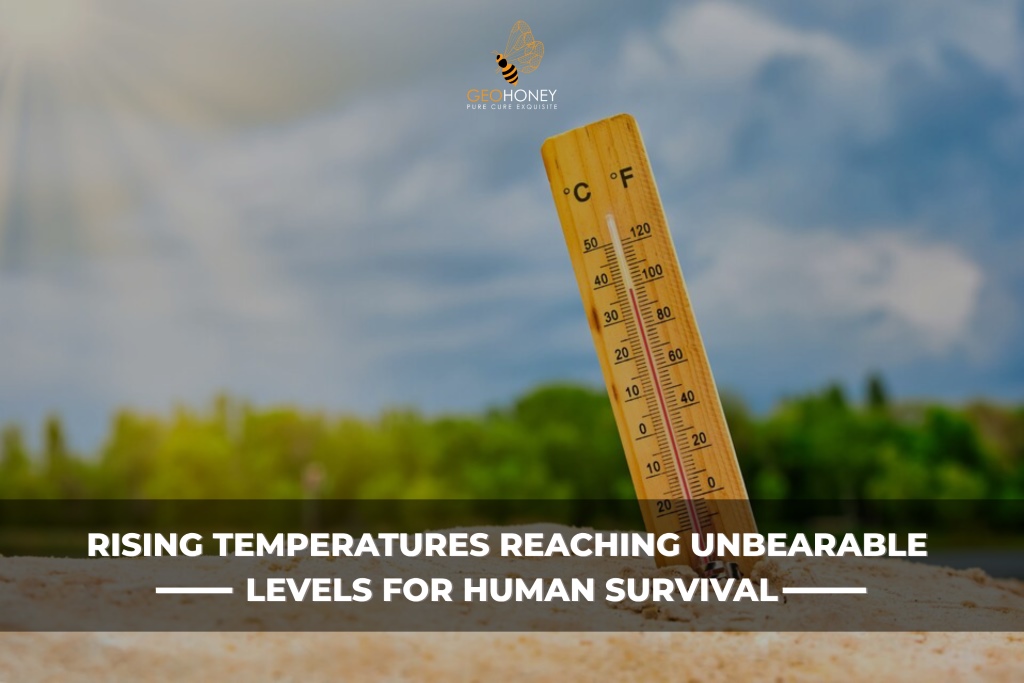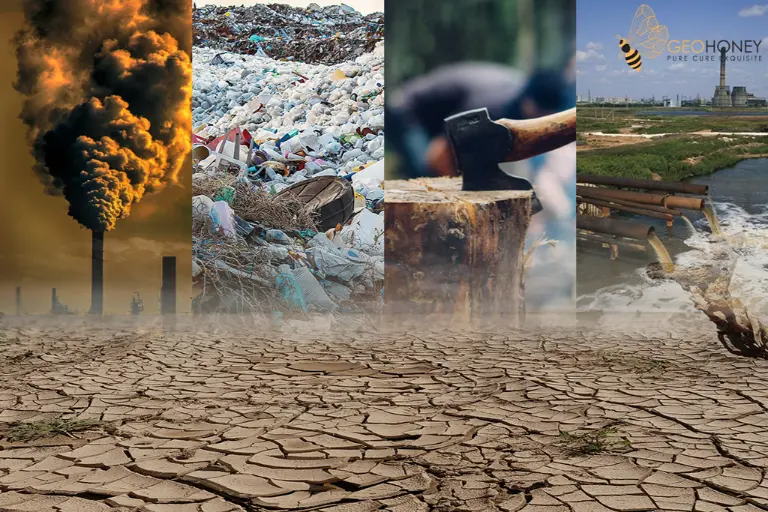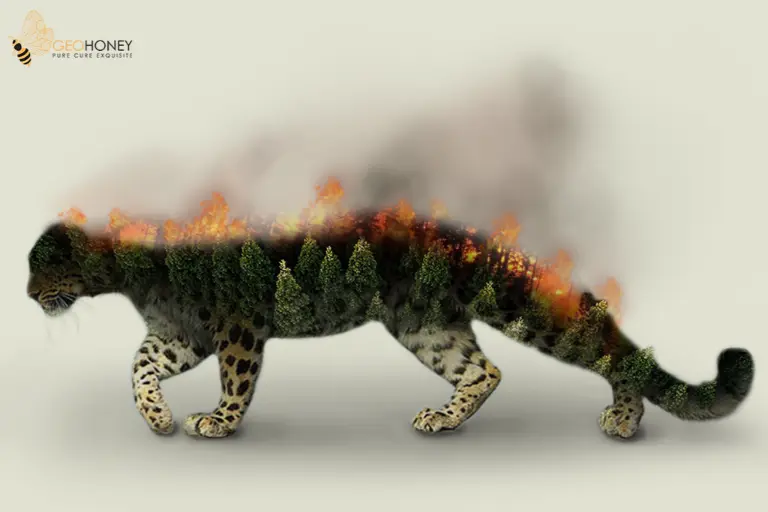- Tokyo: 01:55
- Singapore: 00:55
- Dubai: 20:55
- London: 16:55
- New York: 11:55
Rising Temperatures Reaching Unbearable Levels for Human Survival

A new study warns that if global temperatures rise by 1°C (1.8°F) or more above current levels, billions of people will face temperatures that surpass survival limits. According to the study, even young, healthy people may feel extremely hot during certain times of the year.
The Middle East and South Asia would bear the brunt of "deadly or intolerable conditions," according to academics. In the most extreme warming scenarios, "potentially lethal combinations of heat and humidity could spread" to locations such as the United States' Midwestern states.
Why it is significant: According to the study, which was published on Monday in the journal Proceedings of the National Academy of Sciences, temperatures are rising and heat waves are getting "more frequent, intense, and longer-lasting due to climate change."
Some locations have already exceeded the wet bulb temperature, which is the human body's tolerance for the combined effects of heat, humidity, sun exposure, and other factors.
This year has had some of the warmest summer and early autumn temperatures on record, with global average surface temperatures briefly exceeding the Paris Agreement's temperature target of 1.5°C (2.7°F) over pre industrial levels numerous times in 2023.
Yes, but the Paris Agreement's threshold isn't actually breached until that higher level is maintained for approximately 30 years.
This is the conclusion of a study conducted by scientists from Penn State and other institutions.
What they did: For the study, researchers modelled temperature scenarios ranging from the Paris Agreement's objective of 1.5°C warming to 4°C warming and identified places most vulnerable to increased heat and humidity.
Researchers employed a wet bulb temperature threshold, over which humans have a tough time surviving, and a slightly lower wet bulb temperature than the commonly used 35°C (95°F) — based on the theory that humans are more susceptible to humid heat than previously assumed.
According to the study, the equatorial and Sahel regions of Africa, as well as eastern China, will be the worst affected in scenarios with temperatures reaching 2 °C. Scientists point out that this is "a viable outcome by the end of the century, perhaps sooner, without drastic reductions in greenhouse gas emissions."
"Continued warming above 3 °C and 4 °C, respectively, causes North and South America, as well as northern Australia, to experience extended periods of dangerous heat," according to the report.
Extend your view: The study adds to previous recent studies that demonstrate human survivability limitations are being tested in some places of the world due to present or higher levels of warming. Last year, a separate research warned of the formation of an "extreme heat belt" stretching from Texas to Illinois.
According to the nonprofit First Street Foundation's hyperlocal research of present and future extreme heat events, the heat index in these places might reach 125°F at least one day each year by 2053.
Another 2020 study discovered that insufferable heat was already occurring in some parts of the planet, particularly the Middle East, and was becoming more common.
Preliminary statistics from the Copernicus Climate Change Service reveal that the global average surface temperature from June to August was the warmest on record, with studies indicating that climate change exacerbated the lethal heat in the United States and Europe.
According to one study, it would have been "virtually impossible" without it.
The bottom line is this: "In the future, moist heat extremes will lie outside the bounds of past human experience and beyond current heat mitigation strategies for billions of people," according to the report.
"While some physiological adaptation from the thresholds described here is possible, additional behavioural, cultural, and technical adaptation will be required to maintain healthy lifestyles."
What they're saying: "This will be a critical benchmark for future studies," said atmospheric scientist Jane Baldwin of the University of California, Irvine, to Reuters.
"Unfortunately, it's a somewhat grimmer picture than you would have gotten with the 35C limit."
Source: axios.com



